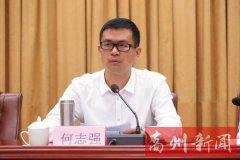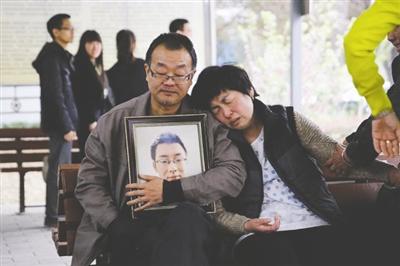Analysis: A new multi-layer treatment system model from Xiam
Recently, Xiamen’s testing efforts in adopting multi-layer treatment system using incentives on the hospital side (compared to the patients’ side at other provinces) have drawn great market attention. The new model includes the following key aspects:
Each local tier three hospital in the testing program is required to manage five community health centers to help them develop capabilities in chronic disease treatment Large hospitals will send doctors to help training for community health centers The OP visits of the community health centers will be included in KPI of the tier three hospitalsPreviously, many provinces have tried to incentivize patients to go to community health centers for first diagnosis by raising reimbursement rate. However, the efforts have not been working well due to low service quality of the community centers. Therefore, Xiamen feels that its priority should be improving the capabilities of the community health centers rather than giving incentives on the patients’ side.
The Xiamen testing model, leaving all the healthcare facilities independent in operation, has several advantages.
Xiamen’s model is different from forming regional medical conglomerates, a method tried by several cities on allying large hospitals and primary care services. The result of this model turned out to be that large hospitals eventually attracted the best doctors from smaller ones to join the core services of the conglomerate, leaving primary care facilities even weaker. The Xiamen model, on the contrary, makes it clear that the key goal for large hospitals should be helping the development of primary care facilities, not making themselves larger by attracting more patients. Xiamen also grants incentive bonuses to primary care doctors at the community hospitals, based on their service qualities and volumes.
Secondly, the Xiamen model for the first time built a three-layer disease management system composed of specialists, general practitioners and health management specialist for patients with chronic conditions. It is different from the multi-site practice efforts tried by many other cities. Multi-site practice means that doctors from large hospitals are now able to work in other healthcare facilities as well. Many community hospitals try to attract patients by inviting star doctors from tier three hospitals for out-patient visits. However, this is just a way to transfer the specialists outside of large hospitals without actually improving the service capabilities of the primary care facilities.
Xiamen wants to avoid this problem by forcing doctors from large hospitals and primary care facilities to work together with the goal to eventually educate, and train the primary care doctors so more patients will trust them, and choose them for first diagnosis. Another pioneer for Xiamen model is the introduction of health management specialists, who might be junior doctors or trained nurses who have passed the licensing for health management. The health management specialists are expected to play an important role in building long-term relation with the patients on chronic disease management.
Thirdly, Xiamen is one of the first cities to adopt the same drug list policy between large hospitals and primary care facilities. Since the implementation of essential drug policies, many medicine were no longer available at primary care facilities, forcing patients, especially those with chronic disease conditions to go to large hospitals. Xiamen later agreed that the same drug list should be allowed at the primary care level to facilitate its testing efforts on building a multi-layer healthcare system.
However, the Xiamen model is still facing great challenges. First of all, China has very strong and powerful health providers but the payer (mainly BMI) is weaker. BMI administration parties do not have the capabilities to control the behavior of the health providers. Anti-fraud mechanism is weak; data communication is underdeveloped and BMI administrators lack the schemes on controlling medical over-treatment. In order to make the Xiamen model work, the local payer must develop ways to control costs and behavior at both large hospitals and primary care facilities. Moreover, as China has been working on readjusting service fees to match value of the doctors, Xiamen will also find it crucial to develop ways on dividing income between specialists, general practitioners and health management experts to show their values and also to make their cooperation effective.
Secondly, Xiamen model needs the cooperation and the incentives with primary care doctors. In many places, primary care doctors receive fixed payments. Their salaries are not related to the volume of patients and their service quality, leaving them low incentive on improvement. To change the situation, a KPI system linked to service quality and workload must be developed so that good doctors will be valued appropriately. The similar way should apply for health management specialists, which is a relatively new function and currently lacks standards on payments.
Finally, the Xiamen model is still build on administrative orders. But in a long run, the market must develop its own way on revenue sharing, possible management structure changes, service fee sharing and personnel training to ensure that the cooperation between large hospitals and primary care facilities could work. This will not be easy and requires long-term efforts.
In summary, the Xiamen model is a new and meaningful step for building a multi-layer healthcare system in China. In the long term, both regulatory efforts and market efforts will be necessary to together make the model successful and sustainable.







